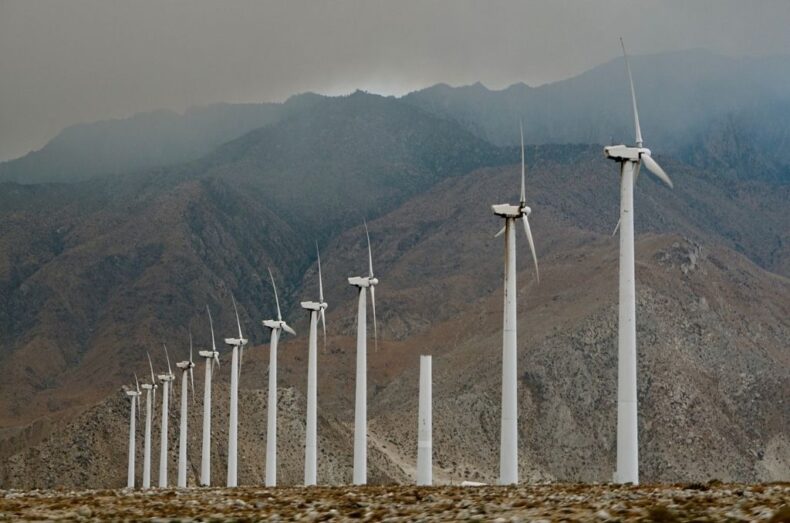
How much does a commercial wind turbine cost?
To begin, start by playing with the idea of how much 164 tons of steel, fiberglass, resin, plastic, iron, copper, and aluminum would cost.
The answer is millions of dollars per wind turbine.
This article will jump straight into the world of wind turbines. You will learn how much they cost, whether or not they pay for themselves over time, and if the overall upfront investment is actually worth it in the first place.
Additionally, it will answer the most frequently asked questions revolving around wind turbines.
Affiliate Disclaimer
Table of Contents
What’s The Cost Of A Wind Turbine?
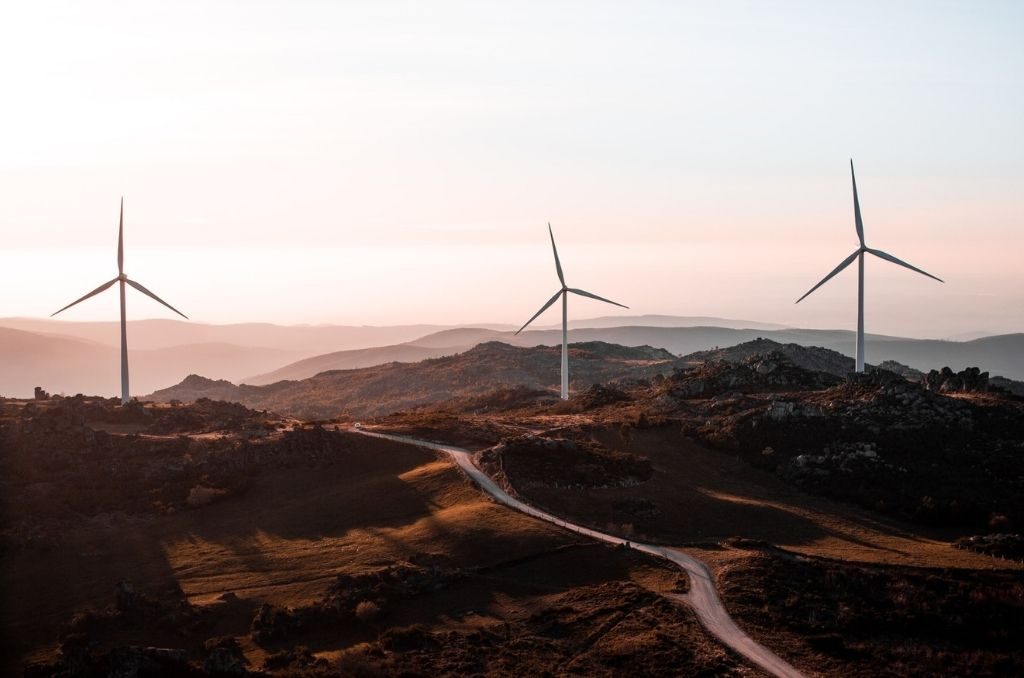
Although onshore wind electricity as a whole has declined in price by 70% within the last 10 years, the manufacturing and installation of wind turbines still cost a lot.
Breakdown Of Wind Turbine Cost
Average sized commercial wind turbines cost $2.6 – $4 million per wind turbine.
You can expect typical costs to be about $1.3 million per megawatt (MW) of electricity (this is producing capacity).
The majority of commercial wind turbines you spot while driving along the highway have a total capacity of 2-3 MW. Offshore wind turbines, however, can be as large as 12 MW.
As with most technological innovations, the bigger it is the more it costs. The same goes for wind turbines, costs inflate as wind turbine sizes increase.
However, there are certain occasions where using fewer, larger turbines can benefit the overall wind turbine project.
Wind Turbine Maintenence Costs
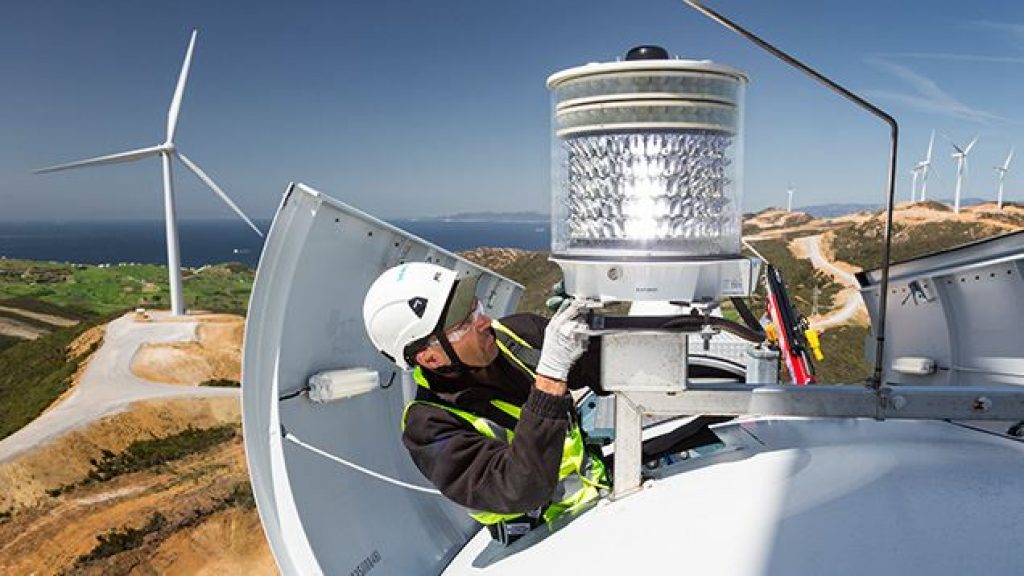
As with all technology that has moving parts, once built, wind turbines require ongoing maintenance.
Maintenance costs vary greatly depending on the turbine’s age, location, and O&M strategy.
IHS Markit claims that on average O&M costs average between $42,000 and $48,000/MW during the first 10 years of a wind turbine’s operations. This overall number gets higher as the turbine ages, which makes a lot of sense considering the eventual wear and tear.
At first, the costs do seem rather outrageous, however, these grand machines are long-term investments and the hope is that they pay for themselves in the long run.
This number climbs as the turbine ages, which is not surprising considering the wear and tear and harsh environments these machines operate in.
How Much Money Does A Wind Turbine Produce?
It is important to note that a wind turbine has a maximum rated capacity (such as 2 megawatts). However, it will only produce electricity at a “capacity factor” due to fluctuating wind conditions.
In the table below, you will find numbers based on the typical sale price (2019 data) of electrical power created by wind turbines.
All the power generated by the wind turbines is sold back to the electrical grid of utility companies, this is how wind turbines eventually pay for themselves.
As green technology improves, so will the installation costs and thus the end cost of electricity itself.
| Turbine Size | Yearly Revenue | 35% Capacity | 50% Capacity | 65% Capacity | 100% Capacity | Until Paid Off |
|---|---|---|---|---|---|---|
| 1 Megawatt | $0.02 per kWh = $20/hour x 24 hours x 365 days |
$61,320 | $87,600 | $113,800 | $175,200 | 14 Years |
| 2.5 Megawatts | $0.02 per kWh = $50/hour x 24 hours x 365 days |
$153,300 | $219,000 | $284,700 | $438,000 | 11,8 Years |
| 4 Megawatts | $0.02 per kWh = $80/hour x 24 hours x 365 days |
$245,280 | $350,400 | $455,520 | $700,800 | 11,4 Years |
Because wind conditions constantly fluctuate, wind turbines often operate between 35% – 65% capacity. The goal is to get them operating at the highest capacity possible.
If you were to invest in wind turbines, how long will your investment take to pay off?
Assuming that your turbines operate on average at 50% capacity. Your investment would pay for itself in the following amount of time:
- 1 Megawatt Turbine: 14 Years
- 2.5 Megawatt Turbine: 11,8 Years
- 4 Megawatt Turbine: 11,4 Years
How Tall Is A Wind Turbine?
Since the year 2012, the average wind turbine installed in the United States has been about 280 feet (80 meters).
Typically the towers range between 200-260 feet tall, while the blades often measure well over 100 feet long.
The mighty Gamesa G87 models blades take the total height of the turbine up to 399 feet.
How Fast Does A Wind Turbine Spin?
Depending on fluctuating wind conditions, turbine blades spin at a rate of between 10 and 20 revolutions per minute.
Considering the length of the blades and average wind speeds of 10 to 15 mph, wind turbine blades are traveling on average 120 mph (193 kph).
When wind speeds increase, wind turbine blades can reach an elevated speed of 180 mph (289 kph).
Because the blades are so large, they seem as if they are moving super slow, when in actual fact, the opposite is the case.
Fun fact – in high winds, wind turbine blades spin faster than the Tesla Model S.
Do They Make Small Wind Turbines for Single Homes
Yes, in fact, smaller wind turbines are becoming more and more popular each year as prices drop. You can now buy a small wind turbine for less than $1000.
When it comes to actual energy production, amounts vary greatly. This depends on the turbine’s size, specs, and wind conditions.
Do Birds Get Hit By Wind Turbine Blades?
Sadly, birds do sometimes get hit by spinning wind turbine blades. On average wind turbines kill between 214,000 and 368,000 birds annually.
With that being said, compare those numbers with the estimated 6.8 million fatalities from collisions with cell and radio towers.
When you begin weighing up these numbers and start to consider the vast effects that climate change will have not only on birds but all species as a whole, you begin to notice that wind turbines are part of the solution, not the problem.

FAQs
What factors contribute to the high cost of wind turbines?
The cost of wind turbines is influenced by various factors including the materials used (like steel, fiberglass, resin, plastic, iron, copper, and aluminum), the technology incorporated, installation costs, and the infrastructure needed to connect the turbine to the grid.
Are there any incentives or subsidies available for installing wind turbines?
Yes, many governments around the world offer incentives, tax credits, or subsidies to promote the installation of wind turbines and other renewable energy sources. The specifics vary by country and region, so it’s essential to check local regulations and incentive programs.
How does the location of a wind turbine affect its cost and efficiency?
The location plays a crucial role in the efficiency of a wind turbine. Areas with consistent and strong wind speeds are more suitable for wind energy generation. Coastal areas, hilltops, and open plains are often ideal. The cost can also vary based on location due to factors like transportation of materials, labor costs, and land acquisition costs.
How does the lifespan of a wind turbine compare to its payback period?
While the payback period for a wind turbine, as mentioned, can range from 11 to 14 years depending on its capacity, the typical lifespan of a commercial wind turbine is around 20-25 years. This means that after the initial payback period, the turbine can generate profit for several more years.
Can wind turbines operate in all weather conditions?
Wind turbines are designed to operate in a variety of weather conditions, but there are limits. Extremely high winds can damage the turbines, so they are often programmed to shut down when wind speeds reach dangerous levels. Similarly, in very low wind conditions, turbines might not produce electricity efficiently.
How do wind turbines impact the local environment and communities?
Wind turbines have a relatively low impact on the environment compared to fossil fuel sources. They don’t produce greenhouse gas emissions during operation. However, there are concerns about noise for nearby residents and the impact on bird populations. Proper planning and site selection can mitigate many of these concerns.
Final Thoughts
We hope this article sheds some more light on the overall costs of wind turbines and answered any questions you may or may not have had.
Please feel free to drop any further questions in the comments section below and we will be sure to get back to you as soon as possible.

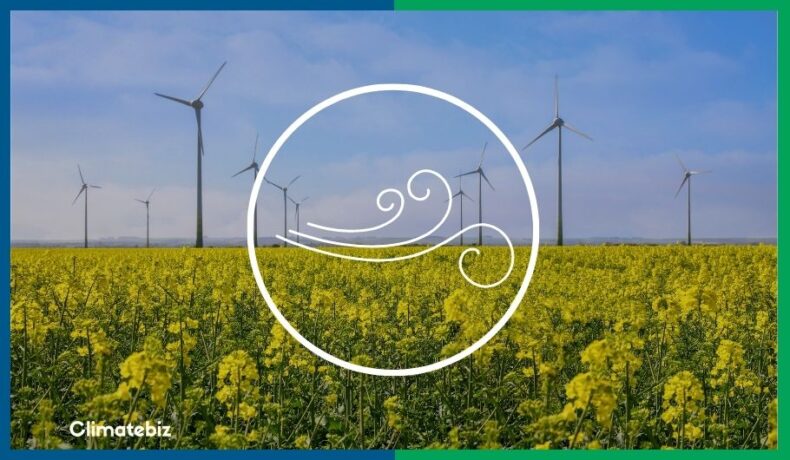


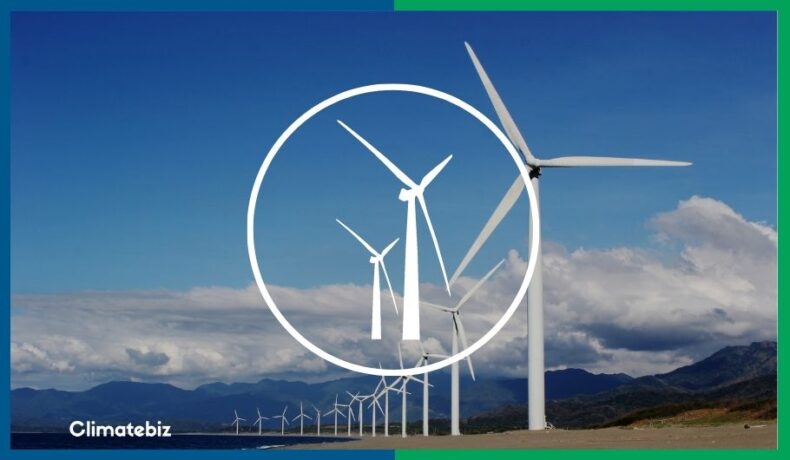





Please address how long the turbines last and what is done with them when removed from service. We live in West Texas and see huge piles of the blades & turbines waiting to be buried because they can’t be recycled. This will pollute the soil and the ground water. Will the materials in the turbines and blades damage the soil so badly that it will not be able to recover? You didn’t address the loud hum that emanates from the turbines that is very disruptive to those living near them. From what we’ve seen, the average life-span is just 10 years, won’t they just barely pay for themselves before it all has to start over? Other energy sources have much longer lives and the costs are spread out over much longer periods making them much more affordable. Your response that yes, they kill birds but so do cell towers & cats & climate change will kill all the birds is far-fetched & disingenuous. there is no imminent danger of climate change. Absolutely zero of the predictions of dire events because of climate change have happened. Oil & gas reserves are plentiful and will produce dependable, reliable energy for hundreds of years at 100%. It makes no sense that anyone would spend millions on something that is not dependable or reliable and only produces about 8% of total energy needed & has to be replaced before it’s paid for itself.
Hi, thanks for your thoughts on the matter.
I’d like to take a moment to address a number of points you raised.
But firstly for future reference, please could you provide verifiable sources to back up your claims; this will assist us and all our readers. 🙂
In terms of recycling: The Wind Energy Technologies Office (WETO) is working with researchers across the industry, academia, and DOE national laboratories to focus on wind blade recycling and enable a circular economy for the entire wind turbine (Source).
Wind turbines are designed to last 20 – 25 years (Source).
In terms of the carbon payback period: Several wind turbine life-cycle assessments have been undertaken and are available online. An onshore wind turbine can be expected to repay this energy debt in between about six and nine months of operation.
And lastly, as for there is no imminent danger brought on by Climate Change. Well, I urge you to read this, or if you are more into books, then this: The Sixth Extinction.
Hi, why do you consider only 2 cents for the power price? The average power selling price is something above 10 cents these days.
2 cents per kWh is a reasonably conservative value to use for project economics. At times the price of power can as high as $0.9/kWh but you cannot count on getting that price all the time. So projects use a contracted sales price, a purchase agreement over a long term, usually years. A buyer of power is not going to lock in a high price for 10 years so the price usually ends up less than 4 cents. There is also the ITC investment tax credit which can be worth another $0.017 cents making it possible to sell power even when the market power price is very low.
Hey, this is a neat page! You wouldn’t know more specific details on wind turbines would you? I’m looking into how much it would cost to scale up wind turbines to make use of high altitude winds. If you can help please email me back! Thanks!